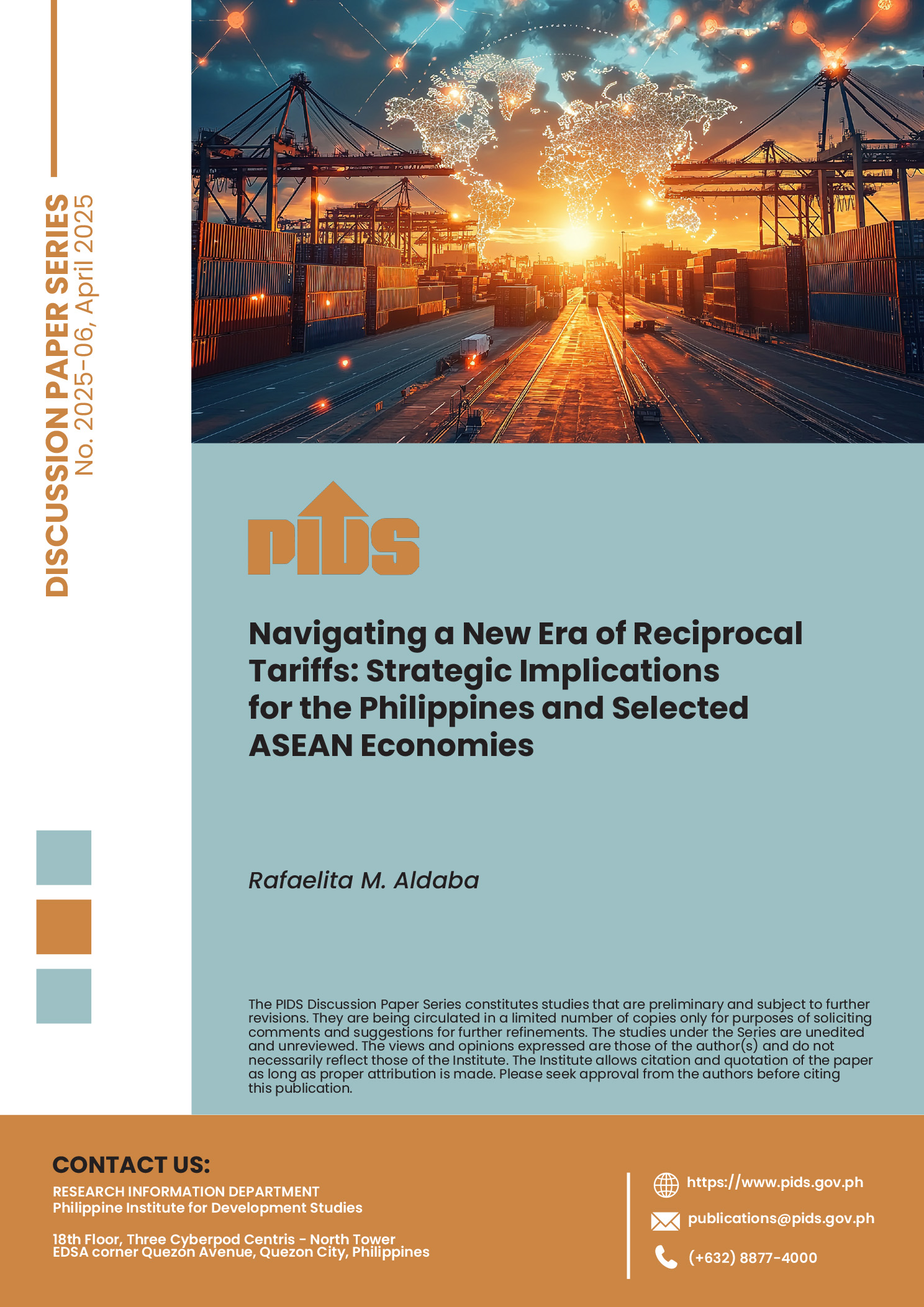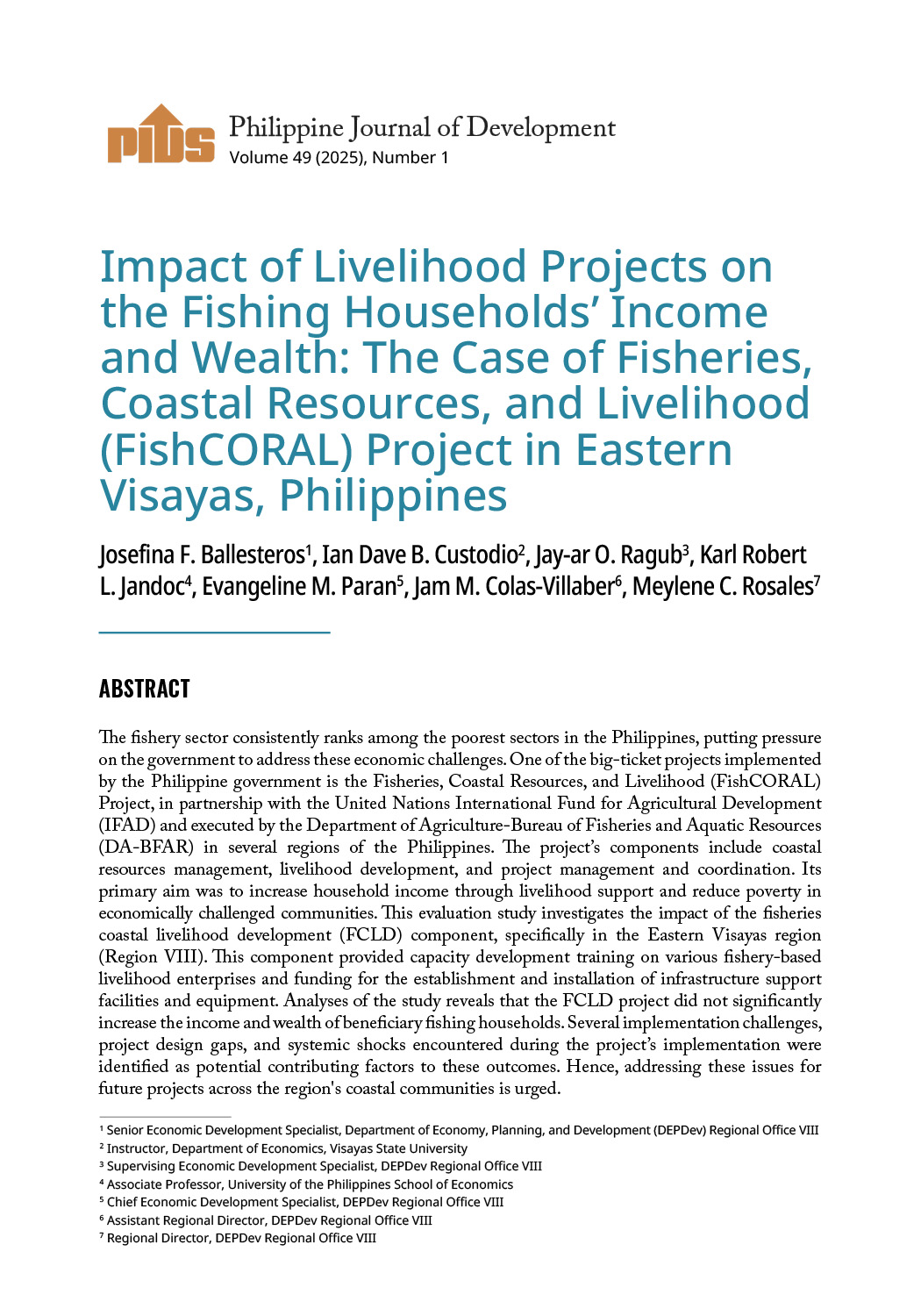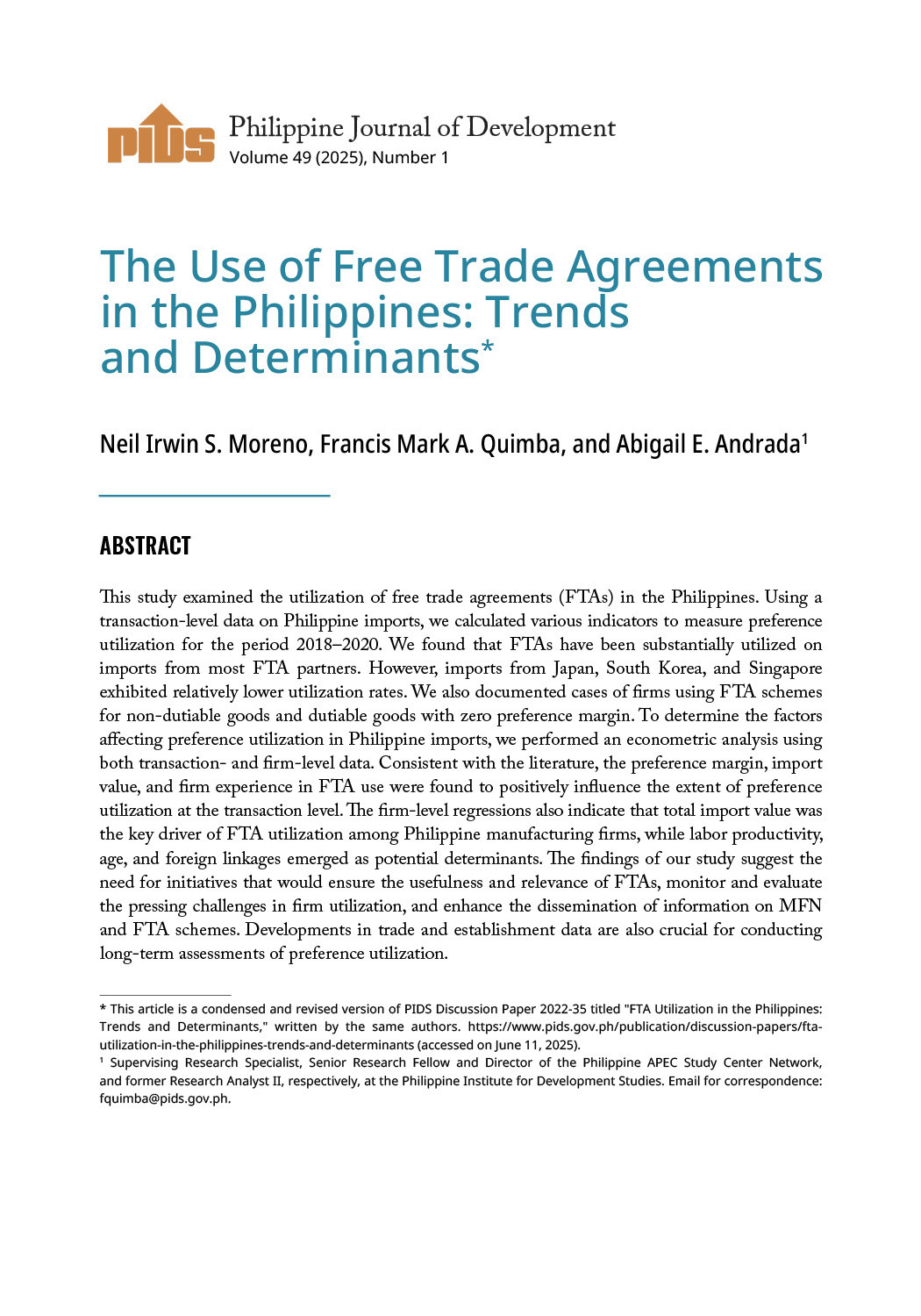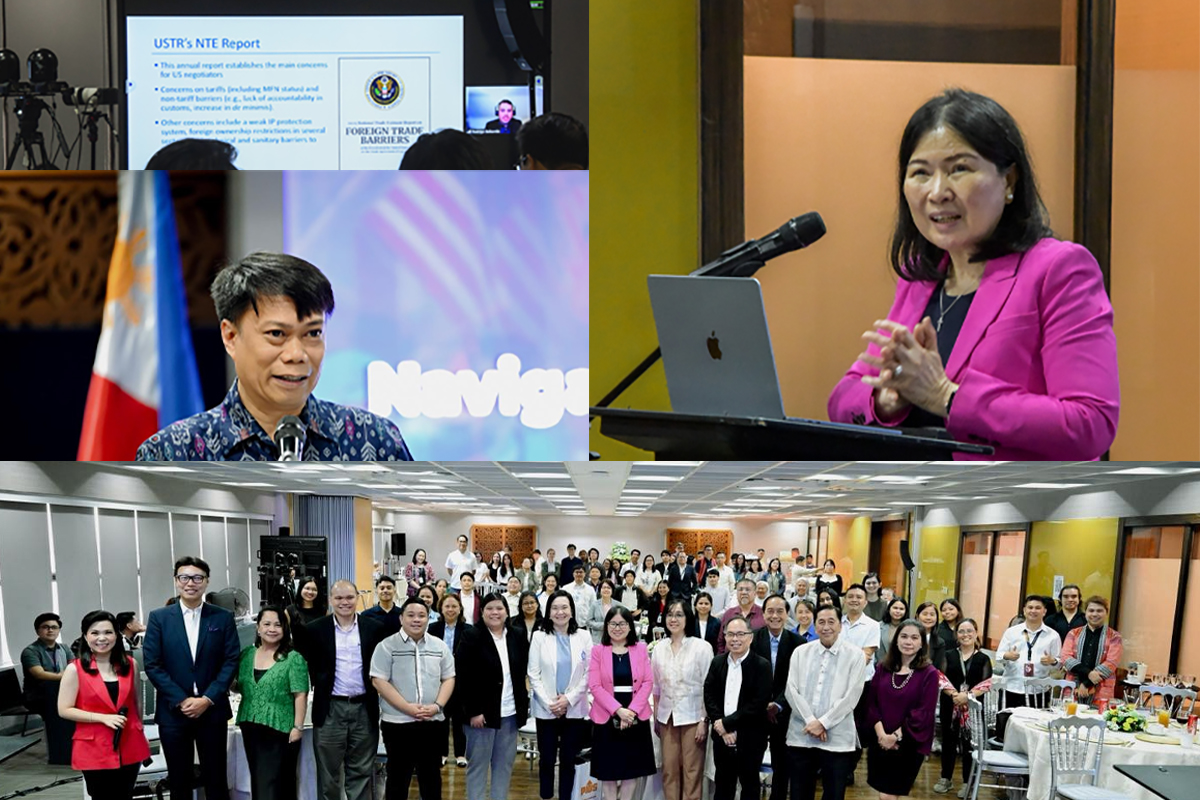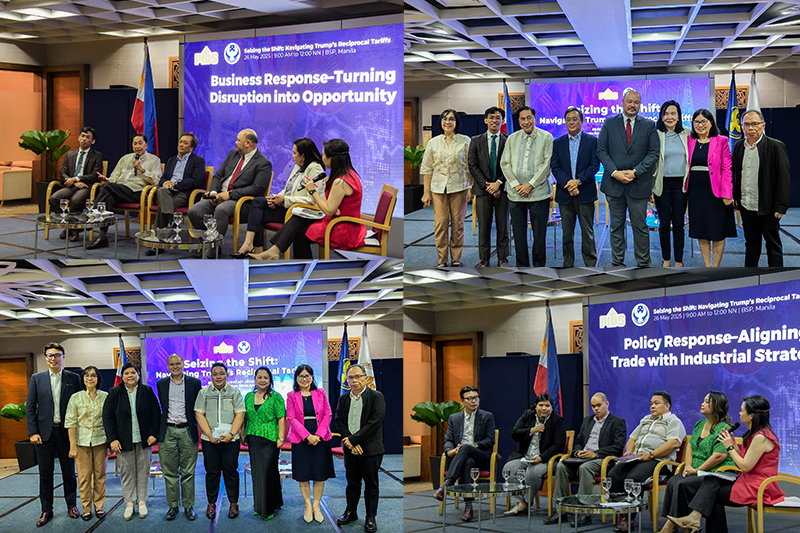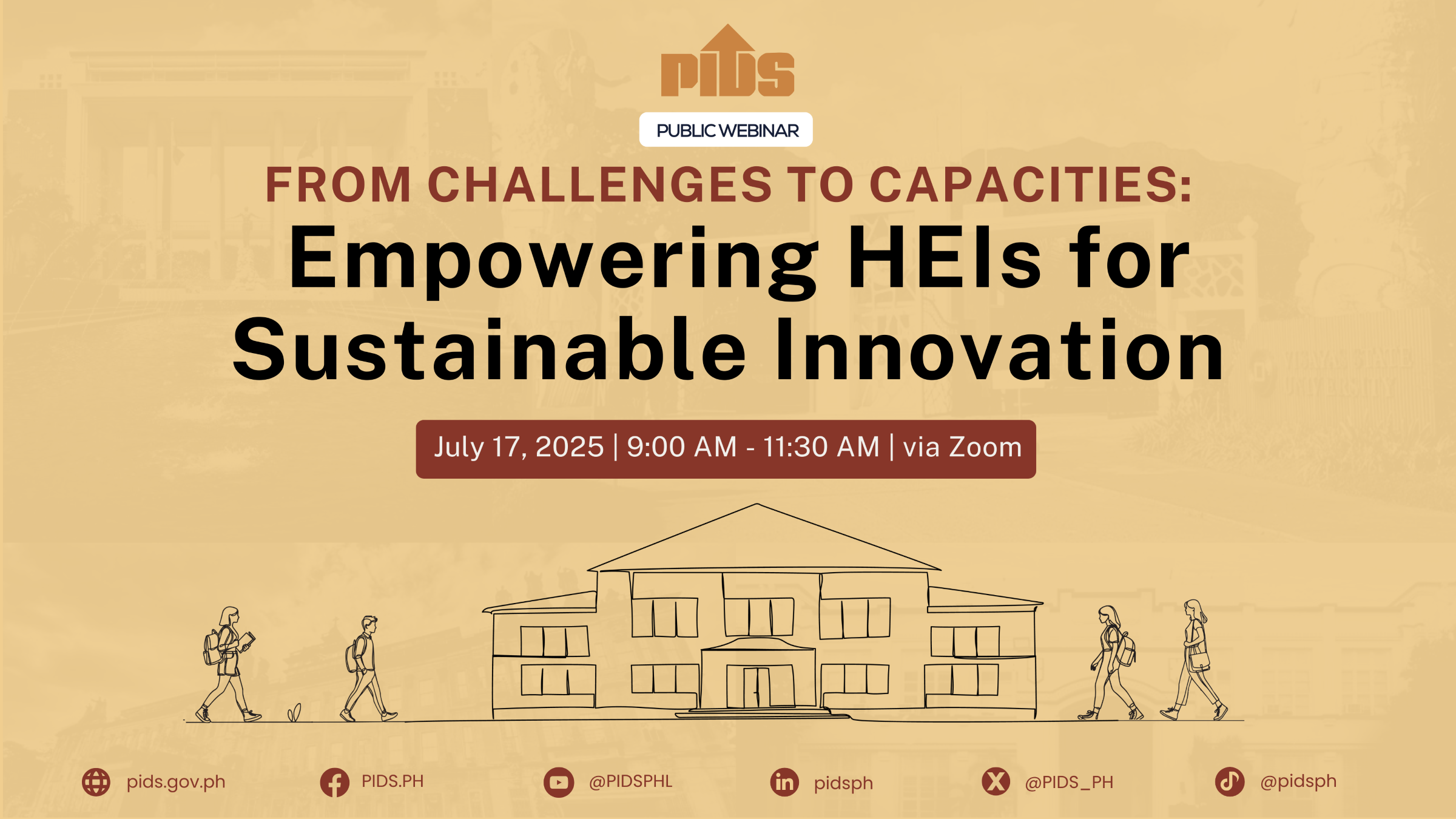More government attention to the Philippine livestock and poultry industry will be a big help to smallholder farmers and micro, small and medium-scale enterprises (MSMEs), and will boost the sector’s export potentials, according to a new report from a state-run think tank.
Amid a slowly decreasing trend in the production value of agriculture, the livestock and poultry subsector “presents a glimmer of light in local agriculture,” projected to continuously grow in the next decades, said the report, titled “Review of High-Value Agriculture in the Philippines with Comprehensive Subsectoral Focus: Livestock Industries.”
“Focus of development interventions in recent years [has] been on crops, particularly on the major grain staples. Shifting attention to more competitive and higher-value commodities like livestock would do much in enhancing the livelihoods of smallholder farmers, as well as MSMEs within the sector,” according to the paper published by the Philippine Institute for Development Studies (Pids).
The report pointed to statistics showing that the livestock and poultry industry has been consistently contributing positively to the economy even with less support from the government compared to other agricultural commodities.
From 1998 to 2016, the production value of the combined livestock and poultry industries grew from P163 billion to P262 billion, with hog and chicken as the biggest contributors, according to the Pids paper.
“The contribution of combined livestock and poultry industry to country’s output is bigger than other agricultural commodities, although the sector is private driven with no or little support from the government,” the paper read.
“There are currently no direct financial infusions to the sector. Furthermore, it was acknowledged that the private sector progresses with less help from the government, which probably [is] an indicator as to how good the industry is performing,” it added.
The report offers a number of recommendations to further improve the industry’s performance and competitiveness.
“Though the industry is private-led, there has to be a strong guidance and a functional enabling facility from the government. While the swine and poultry are big now, they could have been bigger and on a par with neighboring countries if only the government has done its part,” the paper read.
Suggestions from the private sector should also be seriously considered when crafting agenda, projects and programs. “Private-sector involvement is important in terms of having an inclusive way of dealing with a vast number of stakeholders.”
“The public sector sometimes is very keen on looking at what it perceives is right or best for the sector, but the private sector is actually the one on the battleground facing the real threats and challenges,” the paper read.
The report also cited the need to focus on augmenting policy on land conversion, noting that the “policy encroaching on production areas disallowing production of poultry and swine is currently one of the main threats in the industry.”
“There should be an instruction for the local government to not hasten the conversion of land,” it added.
The paper highlighted the importance of biosecurity as a matter of policy. “It was mentioned that one of our competitive edges compared to our Asean counterparts is that, we are able to maintain avian flu-free and FMD-free because of our geographic location.”
The cattle industry is currently surviving but prospects are a bit dim compared to the other subsectors. To invigorate this subsector, there is a need to create interventions, which can only happen through partnership between the government and private sector, according to the report.
Also, budget for the industry needs to be augmented, as the study noted that this is smaller compared to other agricultural products.

